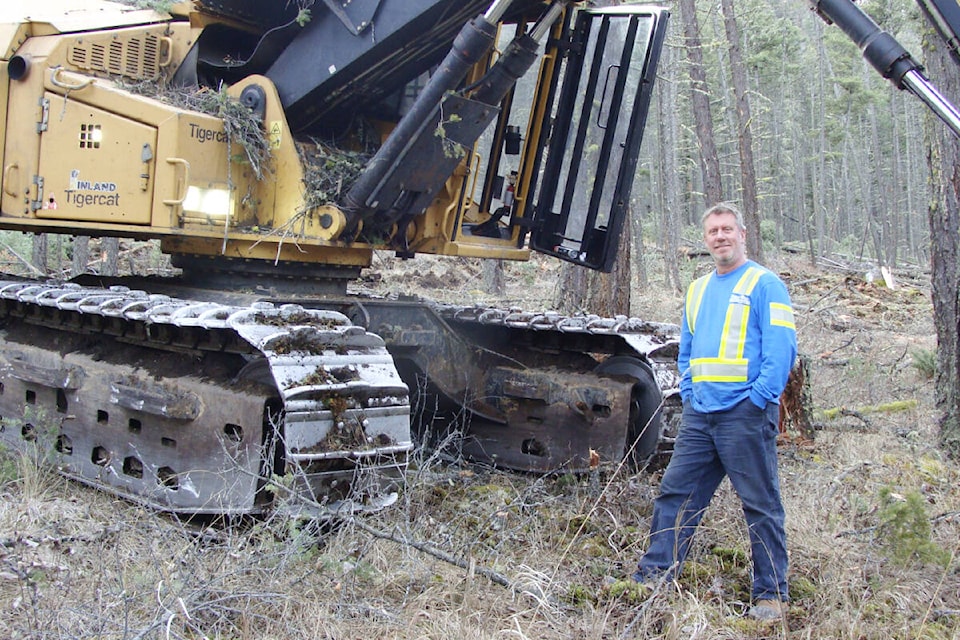Anyone travelling along Highway 20 near the Williams lake sign probably noticed the logging between the highway and Esler sports complex.
I was told to contact John Walker who works for the Williams Lake First Nation (WLFN), the forester in charge of the project to get more details.
I met with John last Tuesday, Feb. 13, and he described the various stages of the numerous projects he has been involved with the Williams Lake Wild Fire Protection Plan (WLFPP). He started with the WLFN in 2019 as the stewardship forester who is responsible for the layout of the cut block boundaries including non-harvest areas, planning of roads and skid trails, supervising of contractors, applying for funding if available and all post harvesting requirements.
Rob Menzies Contracting was hired to do the initial harvesting which is different from the standard approach harvesting in dry belt Douglas Fir stands because the thinned forest is intended to act as a live fireguard. Harvesting in dry belt fir stands usually means taking a portion of the larger stems and protecting the smaller younger trees for the future stand.
Rob has two Tigercat feller bunchers capable of cutting up to 24-inch diameter trees but in this case he was required to take trees between one inch and 14 inches. He can include some of the small trees in the bunch of larger trees but others are just cut down and picked up later.
Tree bunches are picked up with a grapple skidder and taken to the landing for sorting and processing. At the landing the larger trees are separated and processed using a tracked loader and stacked for trucking to the Tolko mill and West Fraser pulp mill. All other material tops, branches and reject logs are piled for later shredding and trucking to Atlantic Power.
Rob has a Dressler tracked machine for road building and landings, where his processor cuts the logs to length usable for the mills. A number of areas are left undisturbed intended for shelter zones for resident mule deer and other critters who want more shelter than provided by the open fir forest stand.
After harvesting residual material left on the ground is raked into piles using a Case tracked loader with a grapple fork and picked up with a forwarder for transport to the landing. Peter Nelson was responsible for this work in a separate contract and the shredding is to be done under a separate contract by Hedgeco Vegetation Management at the landings.
The main road from Highway 20 to the Esler sport complex will be maintained as a summer access structure and block roads will serve as firefighting access routes and recreation use.
It is anticipated that pine grass and shrubs will increase with the more open canopy which may require future mechanical or controlled burning to maintain the fire protection goal. As expected there has been some concern about the logging, but Walker and other contractors have reported positive feed back from locals and interested observers. Once the work is completed it is expected that there will be more positive comments especially when the hot dry weather increases the wild fire threats.
READ MORE: FOREST INK: Move over Tesla here comes Edison Motors from Merritt
Don’t miss out on reading the latest local, provincial and national news offered at the Williams LakeTribune. Sign up for our free newsletter here.
